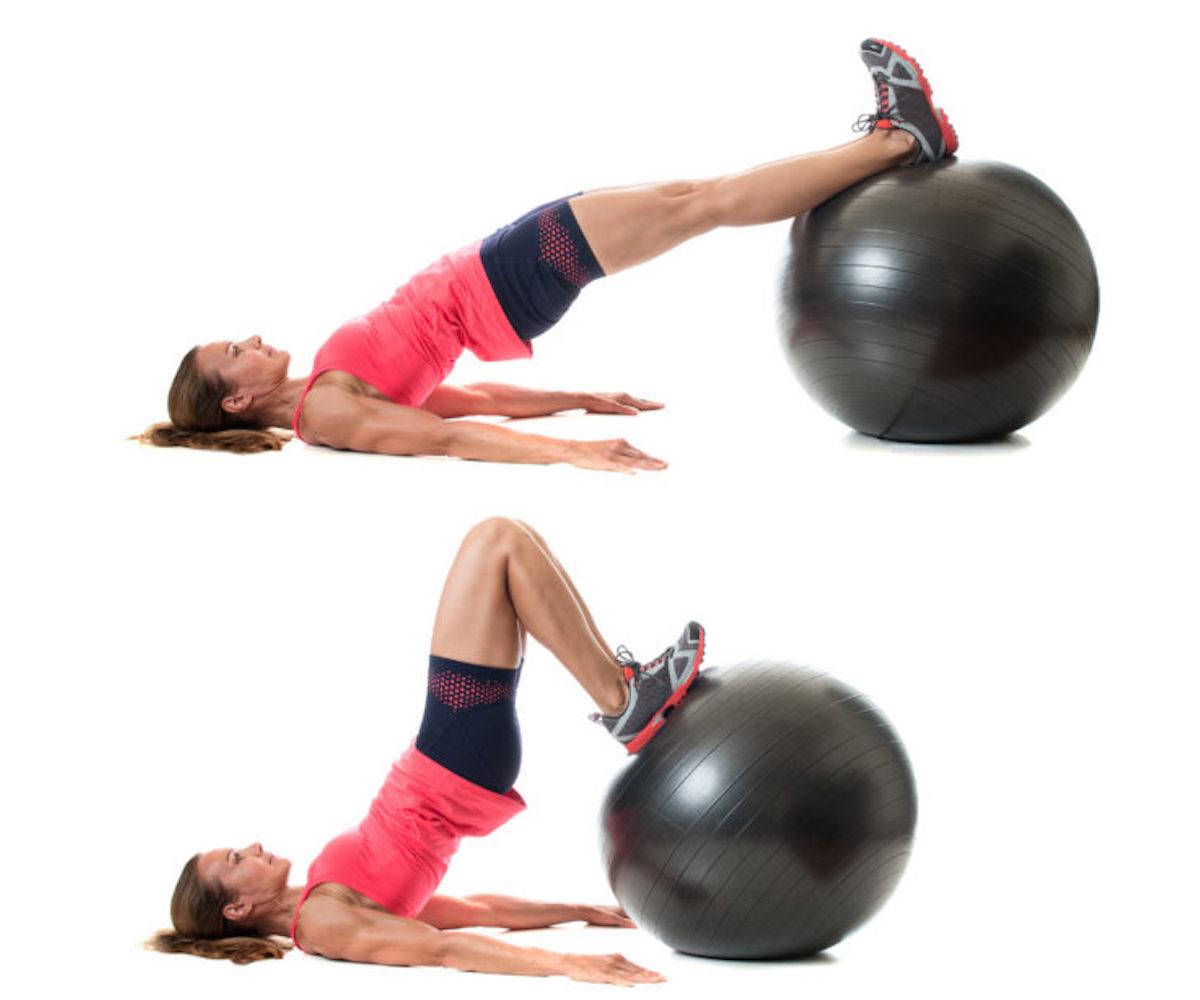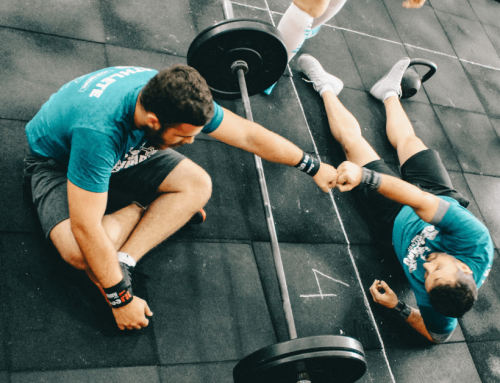Most often, people associate hamstring dominant exercises with movements like Romanian deadlifts, squats, lunges, etc. These exercises ARE in fact using the hamstrings! However, they are utilizing the hamstrings’ muscle action primarily at the hip to perform hip extension.
The Stability Ball Hamstring Curl is a simple but effective exercise to strengthen your hamstrings, glutes and core muscles. Most of our common lower body exercises like squats and lunges focus mainly on the quads and glutes. This move uses the ball to create instability forcing you to pull in your core and stabilize your body. If you incorporate the Stability Ball Hamstring Curl into your exercise routine, we guarantee that you will feel it in your legs the next day!
Benefits of using the ball
Functional exercises become more challenging with the stability balls, and your muscles have to work harder for each movement. In addition, they can increase your metabolic rate which can help you burn fat faster. They target your core, improve your balance, agility, and stability which can result in enhanced performance at various activities such as Yoga, tennis, football, dance, etc.
How to perform the stability ball hamstring curl
The start position for this hamstring exercise involves laying on your back, with both heels and the bottom of your calf muscles on the ball.
Place your hands on the ground beside you to provide greater stability. As you proceed to engage your core, clench your glutes and lift your hips off the floor.
Maintaining this elevated position, with your hips off the floor, pull the ball in towards your glutes, flexing both the knees and the hips as you pull your heels in towards you.
From the point where you can’t pull the ball any closer, slowly return the ball to the start position as you straighten your legs.
Aim to achieve 3 sets of 20, slow and controlled reps.

Progress to single-leg hamstring curls
So you’ve been practicing the stability ball hamstring curl with two legs, and getting pretty strong at it? Maybe it’s time to progress the exercise and challenge yourself one leg at a time!
The exercise is very similar to the previous double leg version, except it significantly increases the load on the hamstrings. Of course, it also challenges your core strength much more, as your body is now working asymmetrically.
The set-up is very much the same, except we now have to consider what to do with the free leg. We suggest that you keep the hip flexed on the hanging side, as it seems to help with maintaining core control.
Learn more
The Prehab Guys have a great video that demonstrates interesting variations. Give this exercise a try and be sure to share your results with us!


